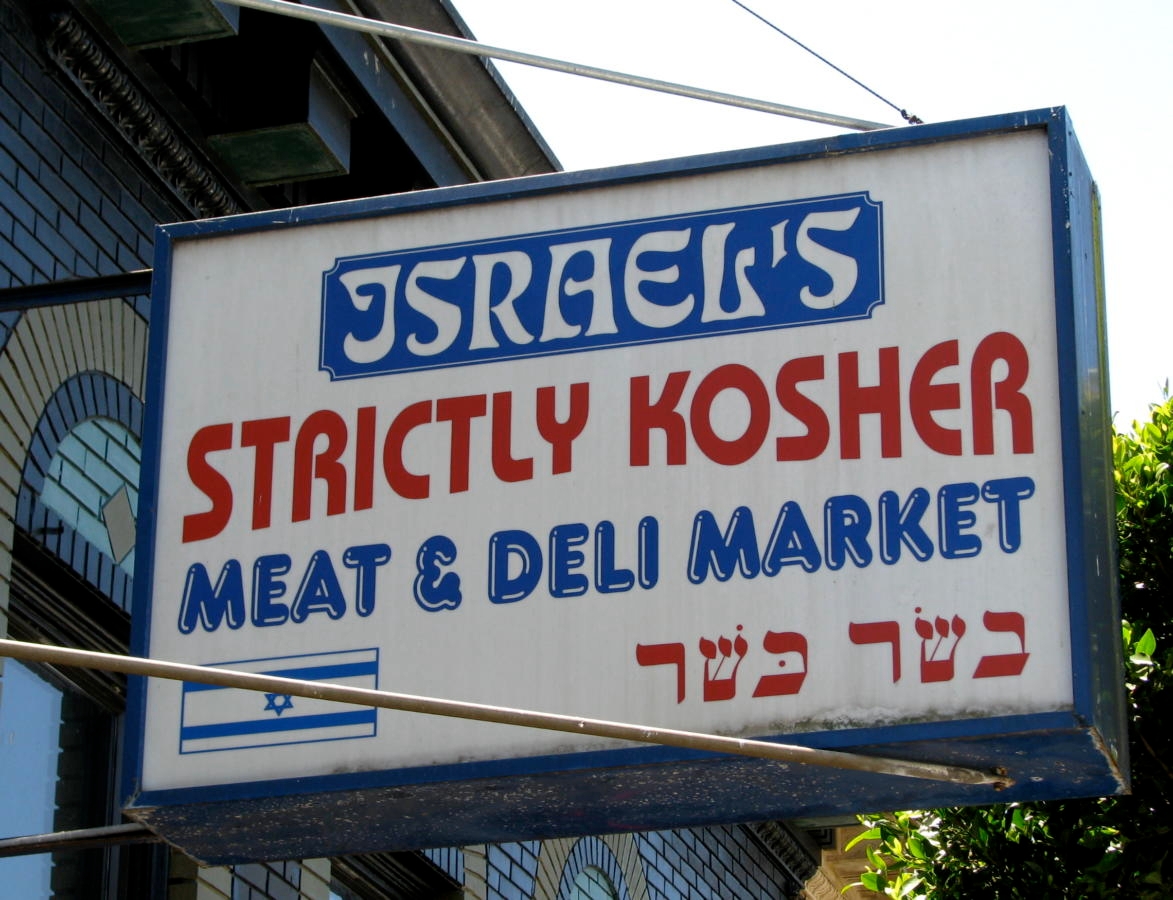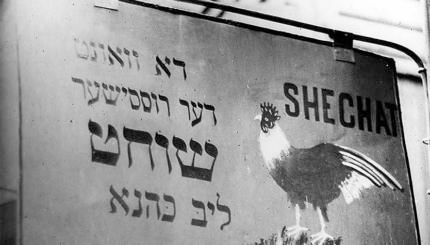What makes meat kosher?
When it comes to keeping kosher, it’s all in the details. Kosher animals are those that come from approved species and are slaughtered and prepared in accordance with traditional Jewish law.
What animals are kosher? How is this determined?
For a mammal to be considered kosher, it must chew its cud (partially digested food) and have split hooves. (Leviticus 11:3) Cows and sheep, for instance, are kosher because they meet these two requirements. Rabbits are prohibited because although they chew their cud they do not have split hooves. Inversely, pigs are prohibited because though they have split hooves, they do not chew their cud. Deuteronomy 14:4-8 lists animals that are permissible including not only cows and sheep but also goats, deer and some other animals we can no longer identify: the the’o, pygarg, and camelopardalis. (Deuteronomy 14:5)
With your help, My Jewish Learning can provide endless opportunities for learning, connection and discovery.
As for poultry, the Torah states in Deutoronomy 14:11 that “You may eat any clean bird” but it doesn’t give a list of clean birds. It does, however, list 24 species of non-kosher birds including several birds of prey: eagle, falcon, vulture, and buzzard. Because it is difficult to determine exactly which birds are kosher (though the Mishnah details a series of parameters), Jewish law traditionally permits birds to be passed down from generation to generation: chickens, ducks, geese, quail, and certain types of pigeons.
In addition to being the correct species, an animal must be free of certain blemishes to be deemed kosher.
Kosher slaughter
For meat to be considered kosher, it must also be slaughtered properly. This Jewish practice is called shechita. There are no specific instructions given in the Torah for this, but the classical rabbis offer a detailed set of halakhot, or laws, on kosher slaughtering. Shochets, or butchers who learn these special laws, are trained extensively. In some Jewish communities, they are even regarded in high esteem for their work and seen as holy people. Kosher slaughter houses also employ a bodek, an inspector, that scans the animal for any imperfections that may render it non-kosher.
Here are some of the laws of kosher slaughter: Jewish law is concerned with not causing pain to the animal so the knife used must be perfectly sharp and must be operated in a very fast, continuous cutting motion that quickly severs the vital parts of the animal’s organs for minimal pain. It is impermissible to make a cut, such as chopping off a limb, that does not immediately kill the animal. There is also a strong emphasis on keeping the utensils kosher that are used in slaughtering and cleaning them according to kashrut laws. In addition, because the sciatic nerve is forbidden (Genesis 32:33), this nerve is removed in the slaughtering process.
Jewish law also prohibits the consumption of any blood so once the animal has been killed, the meat undergoes a special soaking and salting process to remove the blood. In addition to blood, the sciatic nerve of an animal is forbidden to be eaten. This is a tribute to the biblical story of Jacob wrestling with an angel. He is said to have injured his own sciatic nerve during this encounter.
It is important to note that there is not just one way to practice keeping kosher. There are gradations as to how stringently Jews follow these halakhot of kashrut. There is no “right” way and there are many varieties of adherence to this tradition.
kosher
Pronounced: KOH-sher, Origin: Hebrew, adhering to kashrut, the traditional Jewish dietary laws.



